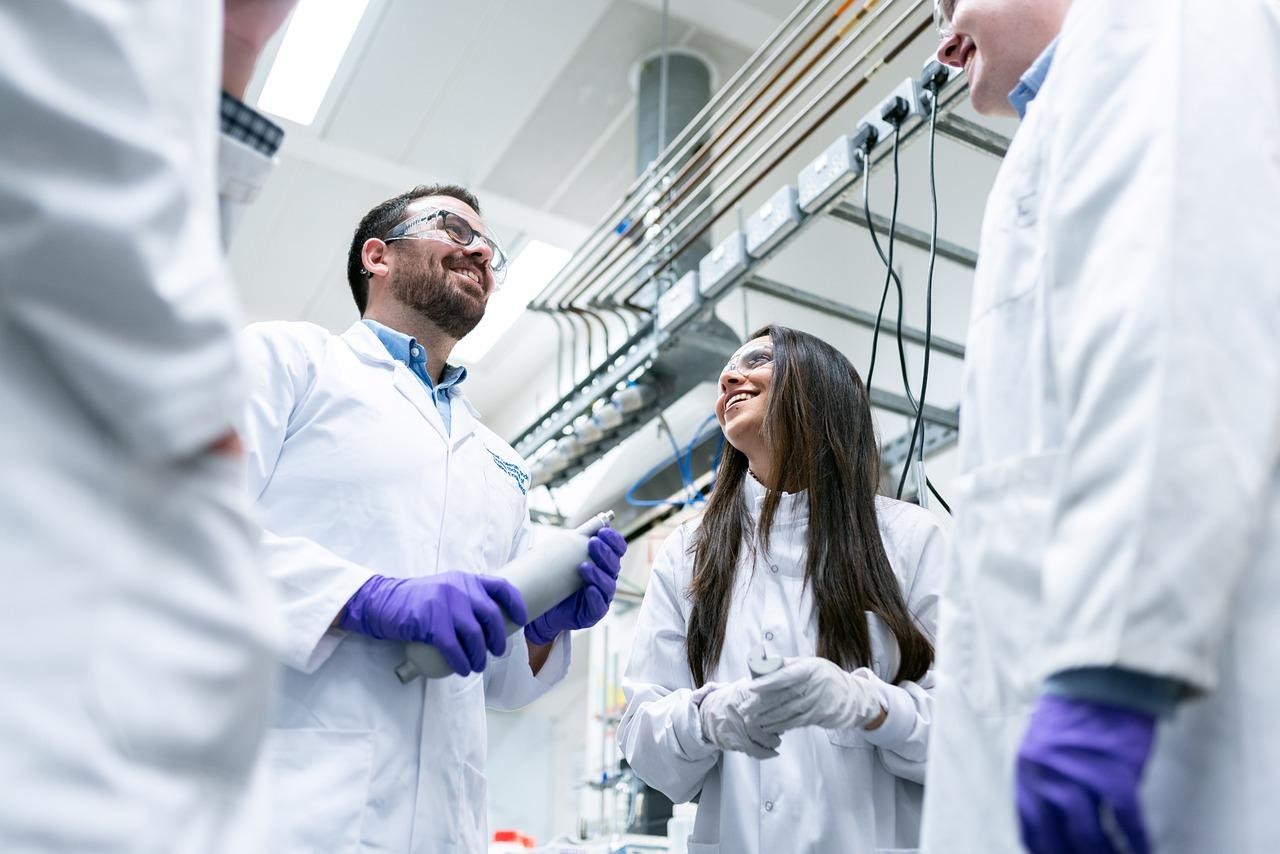Establishing and maintaining a cleanroom is a complicated but necessary part of adhering to industry regulations in various fields.
What Is a Cleanroom?
A cleanroom is a highly-controlled, self-enclosed environment kept free from contamination from pollutants like dust, airborne microbes, aerosol particles, and chemical vapors.
Cleanrooms are most often commonly found in manufacturing or scientific research facilities. However, any process that can be negatively affected by small particles can benefit from a cleanroom.
What Is a Cleanroom Classification?
Cleanrooms are classified by the International Organization for Standardization (ISO) standards according to the maximum number of particulates allowed to flow into the space. An ISO level 1 cleanroom is the “cleanest” and most filtered, while an ISO 9 cleanroom is the dirtiest and least filtered.
ISO 1 cleanrooms are so free from contaminants that these spaces are appropriate for working with highly sensitive materials and objects related to fields like nanotechnology and aerospace. To maintain an ISO classification, organizations must ensure that ISO 1 cleanrooms contain no particulates of 0.3 microns or larger.
At the other end of the spectrum, an ISO 9 cleanroom can contain:
- (35,200,000) 0.5 microns
- (8,320,000) 1.0 microns, and
- (293,000) 5 microns
ISO 9 cleanrooms are about as clean as average outdoor air.
What Does Your Cleanroom’s Classification Mean for You?
Establishing an ISO cleanroom classification can help you meet the requirements for processing or manufacturing certain materials. For example, many scientific labs need to meet a minimum ISO cleanroom classification to ensure processes and experiments are performed under consistent environmental conditions.
Maintaining the air quality in your cleanroom classification can be challenging. Each time someone enters the room or even opens the door, the air quality is affected. For this reason, the organization that owns the cleanroom must establish a set of best practices for using their cleanrooms properly. These rules dictate a variety of cleanroom considerations:
- The protective garments people need to wear when entering the cleanroom.
- Hand cleaning and gloving processes.
- Filtration concerns.
- Cleaning procedures.
Cleanroom Cleaning
While organizations can often set up sufficient procedures to address issues like providing protective garments and a clothing change room, maintaining the cleanliness of the space is usually outside the capabilities of typical cleaning crews.
Cleanroom cleaning must be conducted in a precise way, with specialized equipment, by workers highly trained to do this work. The consequences for not maintaining your cleanroom’s ISO requirements can be hefty fines and, eventually, a loss of your ISO cleanroom classification.
Download the Pegasus Cleanroom Cleaning Guide
Avoid compliance fines and issues by establishing a thorough, standardized cleaning process. Pegasus has drawn on years of experience in the cleanroom industry to create the Cleanroom Cleaning Process Guide. The result is a process that is systemic, repeatable, and consistent.
Download the guide to take advantage of several helpful resources:
- Training recommendations for cleanroom cleaning staff
- Standard cleanroom protocol
- Sample process checklist
- Recommendations for cleanroom supplies and equipment
Pegasus can help you stay compliant with Cleanroom Compliance ISO guidelines and maintain high industry standards, no matter your field. Get your free instant quote today!







